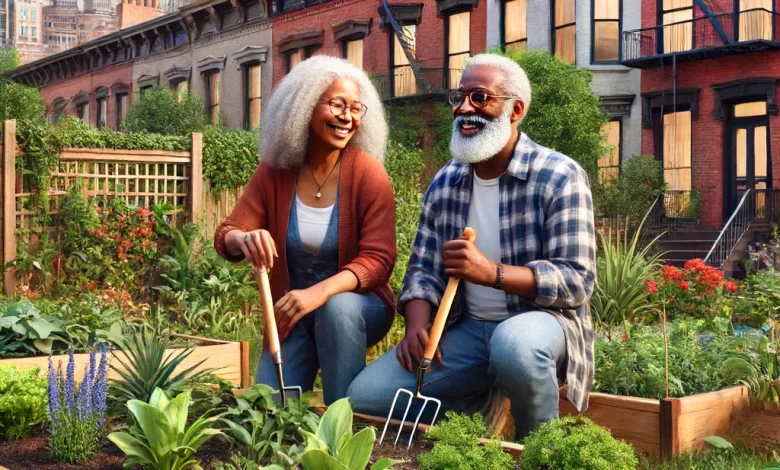The BrownstoneTop Stories
Starting a Small Raised Garden for Small Spaces

Gardening can be a fulfilling and rewarding hobby, even if you have limited space. A small raised garden is perfect for urban dwellers or anyone with a compact outdoor area. Here’s a comprehensive guide to beginning your own small raised garden, ensuring you can enjoy fresh produce and beautiful plants no matter how limited your space.
Benefits of a Raised Garden
- Space Efficiency: Raised gardens can be tailored to fit any small space, including balconies, patios, and rooftops.
- Better Soil Control: You can fill your raised beds with high-quality soil, providing a better growing environment than the native ground soil.
- Improved Drainage: Raised beds offer excellent drainage, preventing waterlogging and promoting healthier root systems.
- Ease of Access: Elevated beds reduce the need for bending and kneeling, making gardening easier on your back and knees.
Planning Your Raised Garden
- Choose the Right Location
- Ensure the site receives at least 6-8 hours of sunlight daily, as most vegetables and flowers need ample sunlight to thrive.
- Select the Materials
- Raised beds can be constructed from wood, metal, stone, or even repurposed materials. Cedar and redwood are popular choices due to their durability and resistance to rot.
- Alternatively, you can buy pre-made raised bed kits from garden centers or online retailers like Walmart or Amazon.
- Determine the Size
- The ideal width for a raised bed is about 3-4 feet, allowing you to reach the center from either side without stepping into the bed. The length can vary based on your space, and a depth of 12-18 inches is typically sufficient for most plants.
- Prepare the Ground
- Clear the area of grass and weeds. If placing the bed on soil, you can lay down a weed barrier or cardboard to prevent weeds from growing through.
Building Your Raised Garden
- Construct the Frame
- Assemble the frame using your chosen materials. Ensure the corners are securely fastened and that the frame is level.
- Fill with Soil
- Use a high-quality garden soil mix, ideally a blend of topsoil, compost, and organic matter. You can purchase soil from your local garden center or online at places like Kohl’s.
- Add Compost and Mulch
- Mix in compost to enrich the soil with nutrients. After planting, apply a layer of mulch to retain moisture and suppress weeds.
Choosing Plants
- Select the Right Plants
- For small spaces, consider compact or dwarf varieties of vegetables and flowers. Leafy greens, herbs, tomatoes, and peppers are excellent choices.
- Flowers like marigolds, petunias, and pansies can add color and attract beneficial insects.
- Companion Planting
- Group plants that grow well together. For example, tomatoes pair well with basil, and carrots benefit from being planted near onions.
Planting and Maintenance
- Planting
- Follow the planting instructions for each plant, paying attention to spacing and depth requirements.
- Water thoroughly after planting.
- Watering
- Keep the soil consistently moist but not waterlogged. Raised beds can dry out faster, so regular watering is crucial, especially during hot weather.
- Fertilizing
- Use organic fertilizers to feed your plants throughout the growing season. Follow the recommendations based on the specific needs of your plants.
- Pest Control
- Monitor for pests and diseases. Use organic pest control methods, such as neem oil or insecticidal soap, to keep your garden healthy.
- Harvesting
- Harvest vegetables and herbs regularly to encourage continuous production. Enjoy your fresh produce right from your garden to your table.
Starting a small raised garden is a fantastic way to enjoy the benefits of gardening in limited spaces. With careful planning, selecting the right materials, and choosing appropriate plants, you can create a productive and beautiful garden that enhances your outdoor space. Happy gardening!





